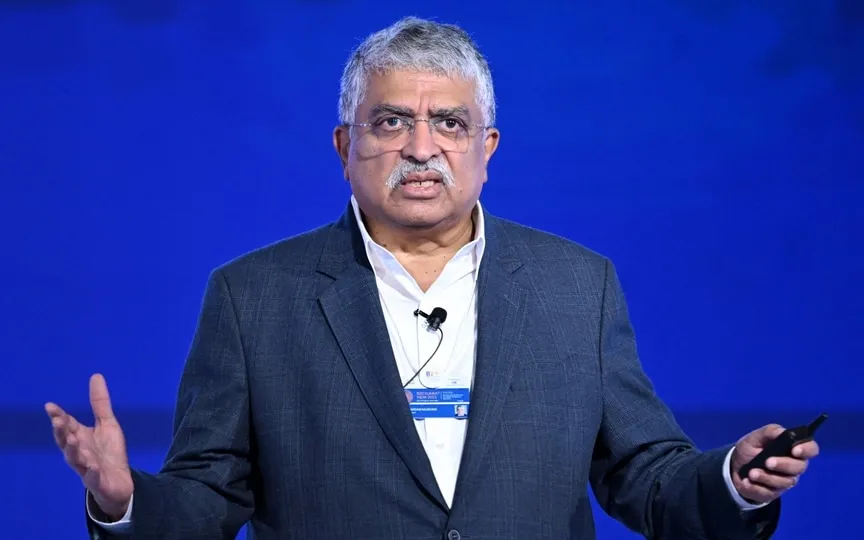Nandan Nilekani Advocates for Utilizing Digital Public Infrastructure to Address Climate Change
On Sunday, Nandan Nilekani, Chairman and Co-Founder of Infosys and founding Chairman of UIDAI, stated that the widely recognized Digital Public Infrastructure approach can also contribute to climate adaptation and mitigation efforts in the future.
Speaking at the B20 India Summit organized by CII, Nilekani further said that India has found a “balance” between responsible regulation and innovation through its inclusive model as he showcased the country’s success story in digital public infrastructure (DPI), which has gained momentum. incorporation into the country.
India’s DPI is gaining global recognition, Nilekani said, noting that a major move is underway to take this model to 50 countries in five years.
Many multilateral organizations and global groups will emerge and show interest, and over the next few years, digital infrastructure will become more widespread and widespread at the population level around the world.
Going forward, a digital public infrastructure approach can also help with climate adaptation and mitigation, Nilekani said.
“For example, in climate adaptation, one thing that’s going to happen is you want to provide proactive funding to build more sustainable housing, predict sea level rise, etc. And you can do that using DPI or ONDC (Open Network for Digital Commerce), another great innovation to create an open trade network, we can create a circular economy where things are recycled,” he said.
Therefore, DPI has not only helped so far, but will also be useful in the future.
Digital public infrastructure poses a challenge to societies, he said, adding that other countries today struggle to balance regulation and innovation, something India has managed to master.
While the US, a hotbed of innovation, is now looking at looming regulation, Europe has a lot of regulation but not enough innovators.
“In India, we have found a balance between regulation and innovation because a coordinated governance model involving the central government, regulators like the Reserve Bank, technology companies and the private sector have all come together to create an architecture that strikes a balance between innovation and regulation,” he said.
Such a model ensures the existence of innovations, but within the framework of responsible regulation and within the framework of guardrails.
India has changed in many ways and this digital transformation is at the heart of economic growth.
“India is moving from offline, informal, low-productivity, many micro-economies to one online, formal, high-productivity mega-economy. And this is the trend for the next 20 years, and you will see all this happening every year, year after year,” he said.
According to him, the change has been made possible by a new approach to solving society’s problems through digital public infrastructure.
Digital public infrastructure has expanded a country’s ability to use digital technology at the population level to transform society and includes several building blocks.
“Each block does one thing well, but all the blocks talk to each other, work together. And when these blocks come together, they create all kinds of solutions at population scale,” he said, citing India’s success with Aadhaar. Use of UPI and Aadhaar KYC for banking and mobile.
India has achieved in nine years what would otherwise have taken 47 years through traditional means, he said, referring to the acceleration in financial inclusion triggered by rapid digitization.
UPI has grown from 100,000 transactions per month in October 2016 to become the world’s largest payment system with 9.66 billion monthly transactions, 350 million users and 50 million merchant approvals.
India’s data empowerment architecture empowers every individual and business to use a digital footprint, giving birth to a whole new idea of ‘digital capital’.
According to Nilekan, the powerful combination of digital capital and DPI paves the way for a “new grand deal” that promotes an inclusive society.




